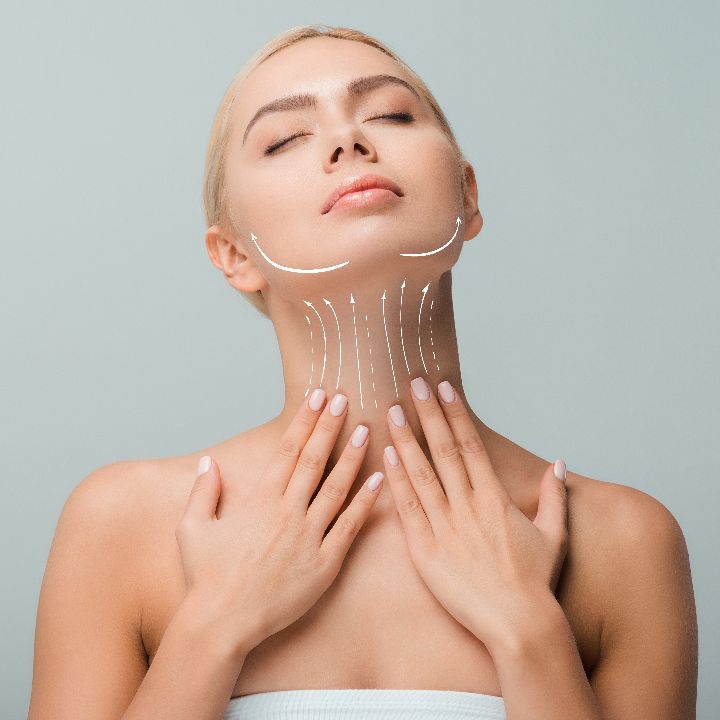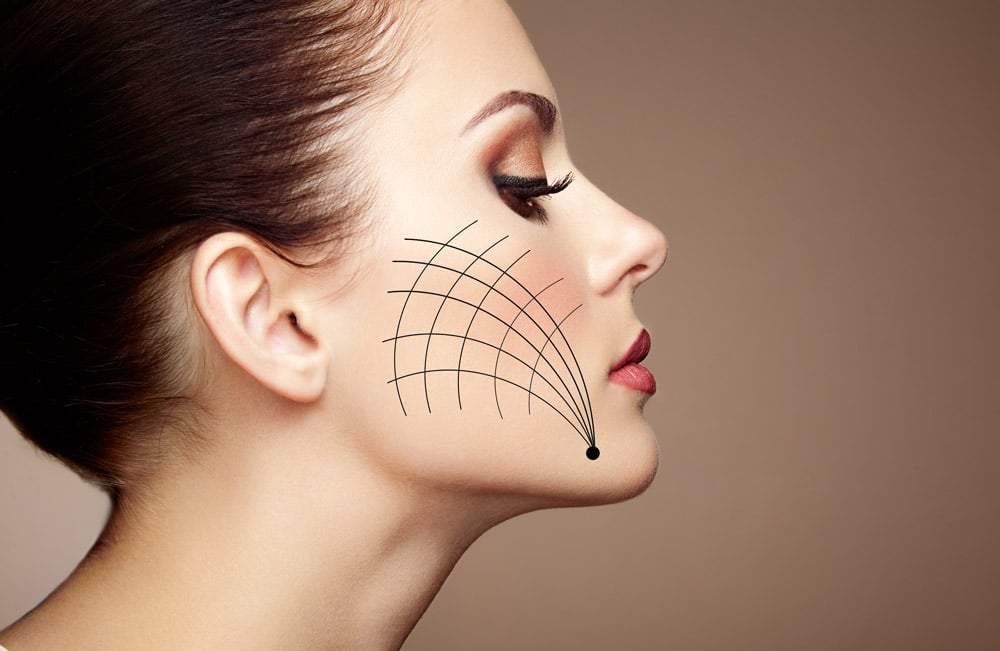In the vibrant city of Dubai, where beauty and innovation go hand in hand, the quest for safe and effective skin treatments is always on the rise. One of the most talked-about advancements in aesthetic medicine is Endolift in Dubai — a revolutionary, minimally invasive laser treatment designed to rejuvenate the skin, tighten sagging areas, and reduce wrinkles without surgery. But as with any cosmetic procedure, a common and important question lingers: Is Endolift safe for all skin types?

Understanding Endolift: A Brief Overview
Endolift is a cutting-edge laser technology that targets the deeper layers of the skin to stimulate collagen production, improve skin texture, and promote natural regeneration. Unlike traditional facelift surgeries or invasive procedures, Endolift uses a fine fiber optic laser inserted under the skin, which gently heats tissue, leading to skin tightening and contouring with minimal downtime.
Because it works from within the skin, this treatment offers precision and controlled results. Its appeal has grown rapidly in Dubai’s diverse and multicultural population, where various skin types and tones demand versatile yet safe cosmetic solutions.
Skin Types and Their Unique Needs
To appreciate the safety profile of Endolift, it’s crucial to understand the different skin types and how they react to laser treatments:
- Fitzpatrick Skin Types I-III (lighter skin tones): Typically more sensitive to sun exposure and certain laser wavelengths but generally respond well to most laser therapies with lower risks of pigmentation changes.
- Fitzpatrick Skin Types IV-VI (darker skin tones): These skin types carry a higher risk of hyperpigmentation or hypopigmentation following laser treatments due to higher melanin content. However, with the right technology and expertise, safe treatment is achievable.
Given Dubai’s melting pot of ethnicities—from Middle Eastern to South Asian and African descent—the ability of Endolift to cater safely to this spectrum is especially important.
Why Endolift Is Considered Safe for Most Skin Types
- Advanced Laser Technology with Controlled Energy
- Endolift uses a precise laser wavelength that can be finely tuned according to individual skin characteristics. The laser energy is delivered below the surface, minimizing damage to the epidermis (the outer skin layer) and reducing the risk of surface burns or discoloration, which are common concerns with other laser treatments.
- Minimally Invasive Nature
- Unlike ablative lasers that remove the outer layer of skin, Endolift stimulates collagen from underneath, allowing the skin to heal naturally without extensive surface trauma. This characteristic lowers the chance of scarring or pigmentation issues, making it suitable for a wider range of skin tones.
- Customizable Treatment Parameters
- Practitioners can adjust the laser’s intensity, duration, and depth based on skin type, thickness, and area being treated. This customization helps mitigate risks, especially in darker skin tones prone to pigment changes.
- Low Risk of Side Effects
- Common side effects reported with Endolift include mild redness, slight swelling, or temporary tenderness, typically resolving within days. The low complication rate makes it a favorable option compared to more invasive alternatives.
Considerations and Precautions for Different Skin Types
While Endolift is generally safe, some important considerations remain to ensure optimal safety and results for all skin types:
- Darker Skin Types (IV-VI):
- Though Endolift’s design suits darker skin better than many traditional lasers, the risk of post-inflammatory hyperpigmentation (PIH) still exists. Patients with darker skin should consult with experienced professionals who understand how to tailor the procedure, use appropriate cooling methods, and provide post-treatment care to reduce pigmentation risks.
- Sensitive Skin:
- People with highly sensitive skin or conditions like eczema or rosacea should approach any laser treatment cautiously. Endolift’s minimally invasive nature helps, but pre-treatment skin assessments are vital to prevent flare-ups.
- Pre-Existing Skin Conditions:
- Those with active infections, open wounds, or skin diseases should delay treatment until these issues resolve, regardless of skin type.
Post-Treatment Care and Its Role in Safety
The success and safety of Endolift also depend heavily on proper aftercare, which includes:
- Avoiding sun exposure and using high-SPF sunscreen to protect treated areas
- Refraining from harsh skincare products immediately after the procedure
- Following any specific guidelines given by the skincare provider, such as moisturizing and gentle cleansing
This diligent post-treatment routine minimizes complications and enhances the overall outcome for all skin types.

Real Results for Diverse Skin Tones
One of the most impressive aspects of Endolift is its adaptability to Dubai’s diverse population. Many users report noticeable improvements in skin firmness, jawline definition, and wrinkle reduction within a few weeks, regardless of whether their skin is fair or deeply pigmented.
The treatment’s ability to deliver natural-looking results without the risks often associated with laser resurfacing makes it an appealing choice for those seeking non-surgical facial rejuvenation.
Final Thoughts: Is Endolift the Right Choice for You?
For anyone considering skin tightening or rejuvenation, understanding the safety profile of Endolift is crucial. The technology is designed with precision and versatility in mind, making it a safe and effective option for most skin types. However, like any cosmetic procedure, personalized consultation with an experienced professional remains essential to evaluate your unique skin needs and ensure optimal care.
If you live in or are visiting Dubai and are intrigued by this innovative treatment, know that Endolift Dubai continues to gain recognition for its safety, efficacy, and impressive results across all skin tones. With the right guidance and precautions, it may just be the answer to achieving smoother, firmer skin without the risks associated with more invasive procedures.

